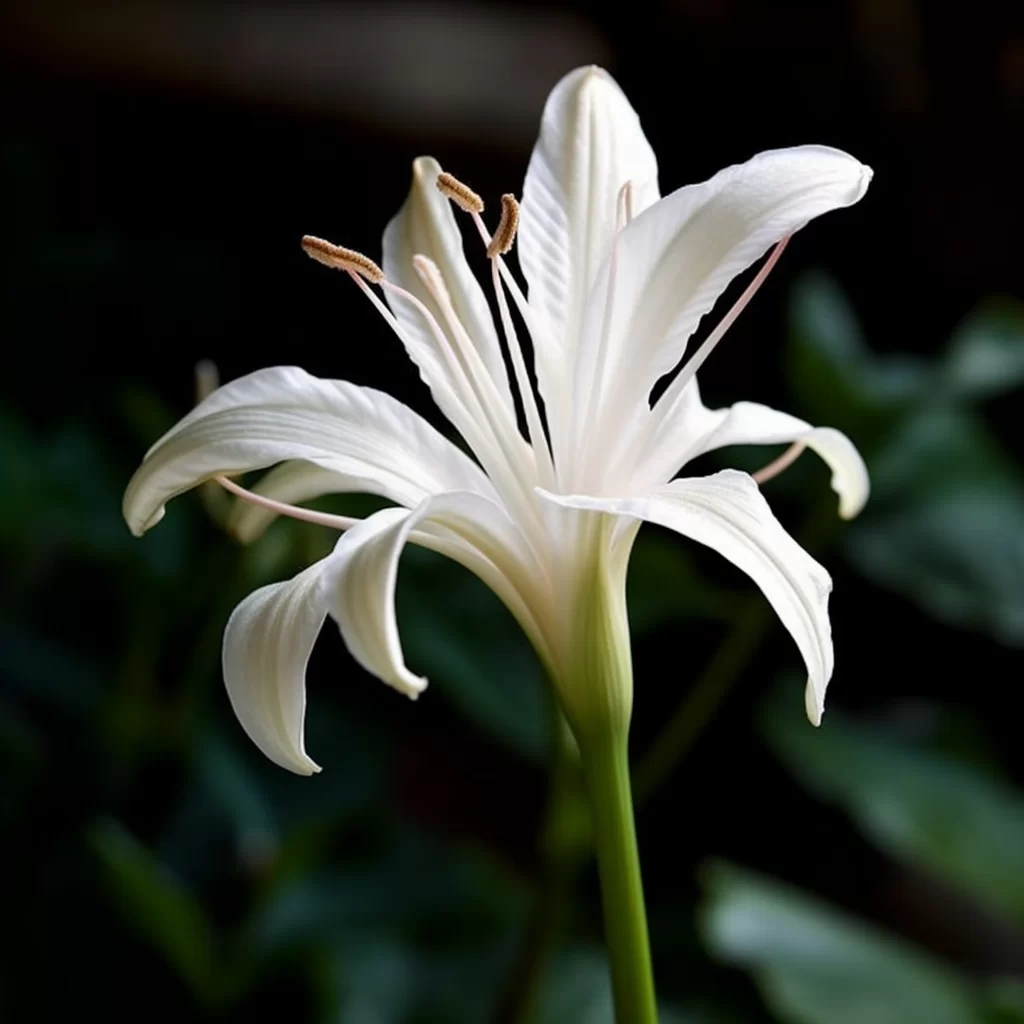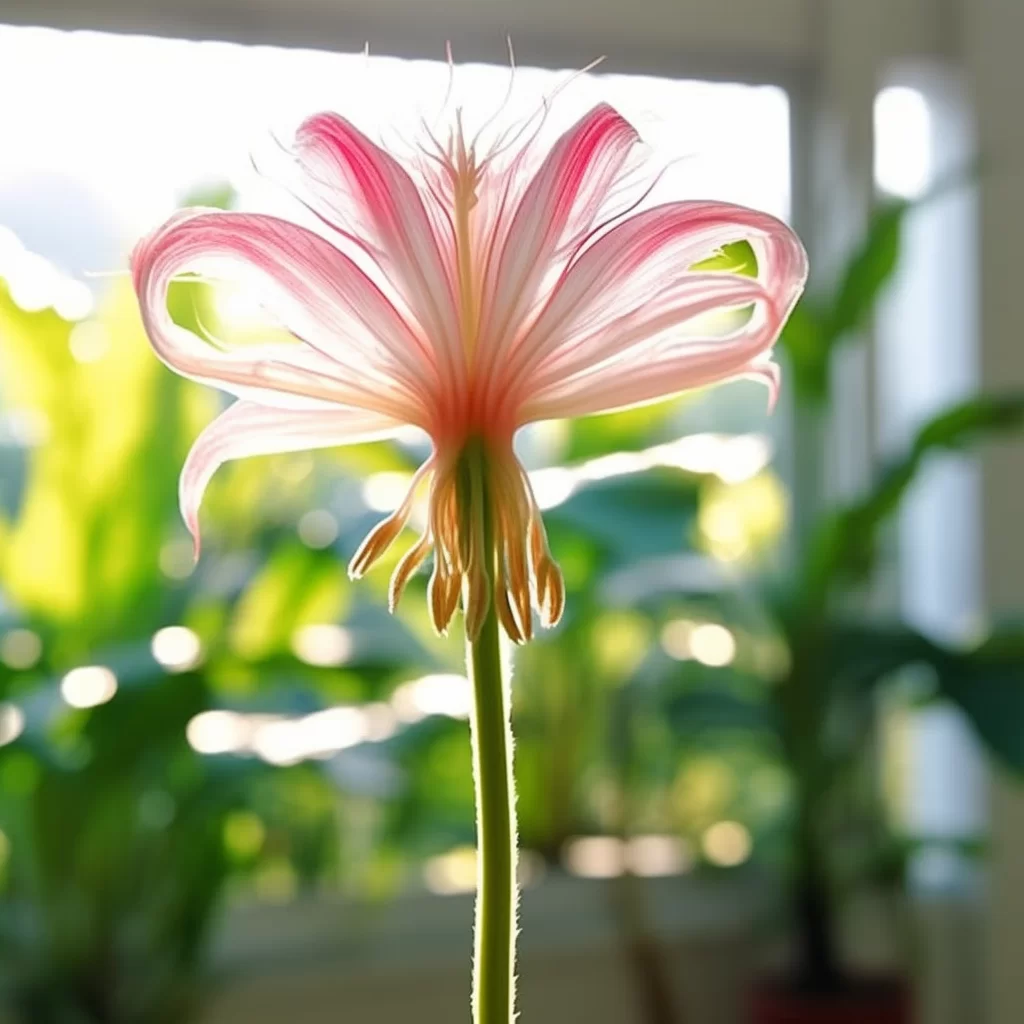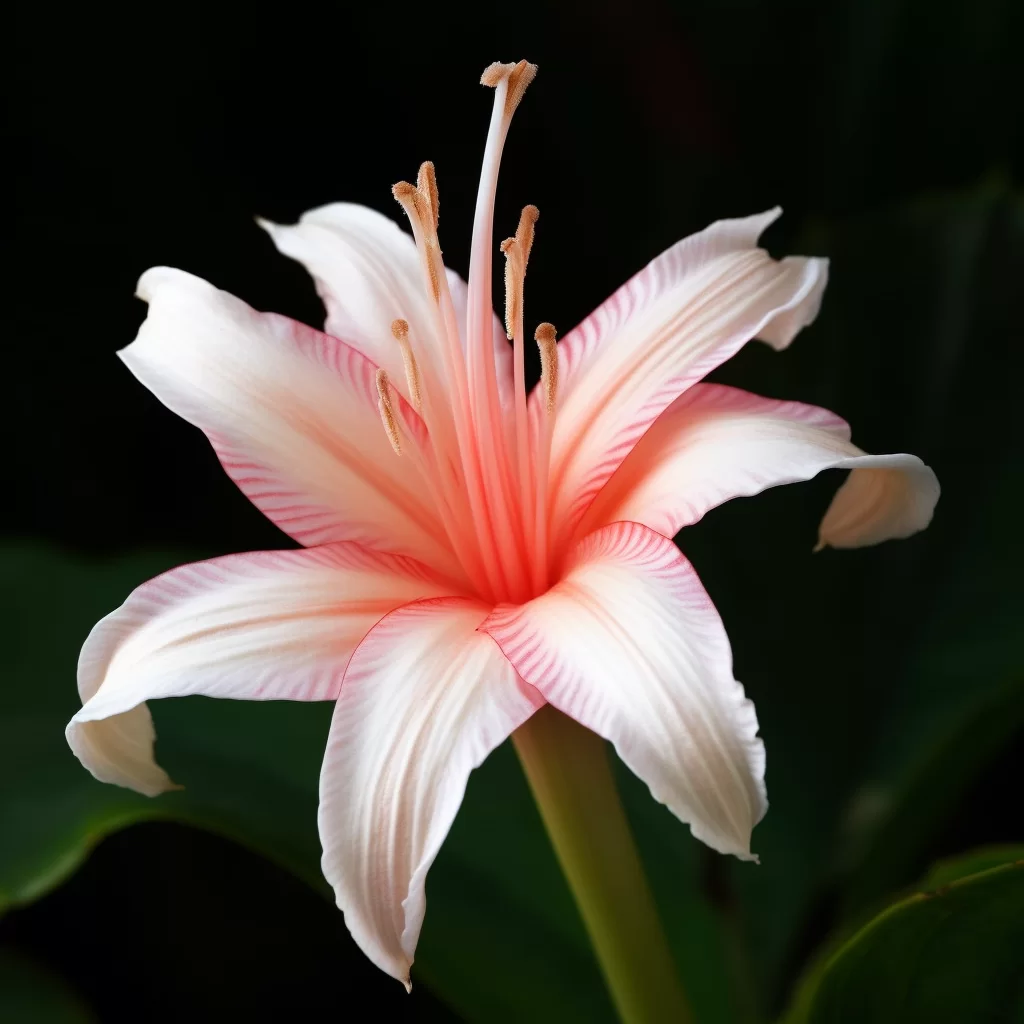Story of Day :
Contents
Crinum Plant: The Complete Guide and Care Tips
Are you looking for a beautiful flowering plant that is easy to grow and maintain? Look no further than the crinum plant! With its stunning blooms, impressive size, and low maintenance requirements, this plant is a must-have for any garden enthusiast.
In this complete guide, we will cover everything you need to know about caring for your crinum plant.
What is a Crinum Plant?
The crinum plant belongs to the Amaryllidaceae family and is native to Africa.
It produces large clusters of flowers that bloom in shades of pink or white during the summer months.
The foliage of the crinum plant is long and sword-shaped, typically reaching lengths of 3-4 feet.
Caring for Your Crinum Plant

- Planting: When planting your crinum bulbs, make sure they are positioned with their necks just above ground level.
They prefer well-draining soil in full sun or partial shade.
- Watering: Crinums require regular watering during their growing season but can tolerate periods of drought if necessary.
- Fertilizing: Use a balanced fertilizer at half strength every 4-6 weeks throughout the growing season.
- Pest Control:Crinums are relatively pest-free but may be susceptible to snails or slugs.
Remove any affected leaves promptly and use an iron-based snail bait if necessary.
- Dormancy Period:The foliage dies back after blooming as part of its natural dormancy process; then it regrows again next year from underground bulbs.
It is best to refrain from watering or fertilizing during this dormant period.
Propagation Techniques
A crinum plant can be propagated in several ways:
- Division: Divide the bulbs of an established plant and replant them individually in new locations.
- Seed Germination: Sow seeds in well-draining soil in early spring, covering them lightly with soil.
Keep the soil moist but not waterlogged for 3-4 weeks before they germinate.
- Bulblet Separation:Crinum plants can also produce small bulblets that grow attached to their parent bulb.
These bulblets can be separated from the parent bulb and planted individually, where they will form a new crinum plant within a year or two.

The Benefits of Growing Crinums
In addition to their stunning beauty, crinums have several benefits for gardeners and wildlife alike.
They are known to attract pollinators such as bees and butterflies, helping to support local ecosystems.
Additionally, due to their low maintenance requirements, these plants are ideal for busy gardeners who want a beautiful display without having to spend too much time caring for it.
In Conclusion
The crinum plant may not be as well-known as some other flowering plants but is undoubtedly worth considering when planning your garden design.
With its impressive size, stunning blooms, and ease of care and propagation techniques, it is no wonder more gardeners are turning toward this beautiful species! Follow our tips on planting your bulbs correctly with regular watering throughout the growing season while refraining from fertilizing during dormancy periods every few years; you’ll have healthy plants that will bloom with their sword-like foliage and beautiful flowers.
